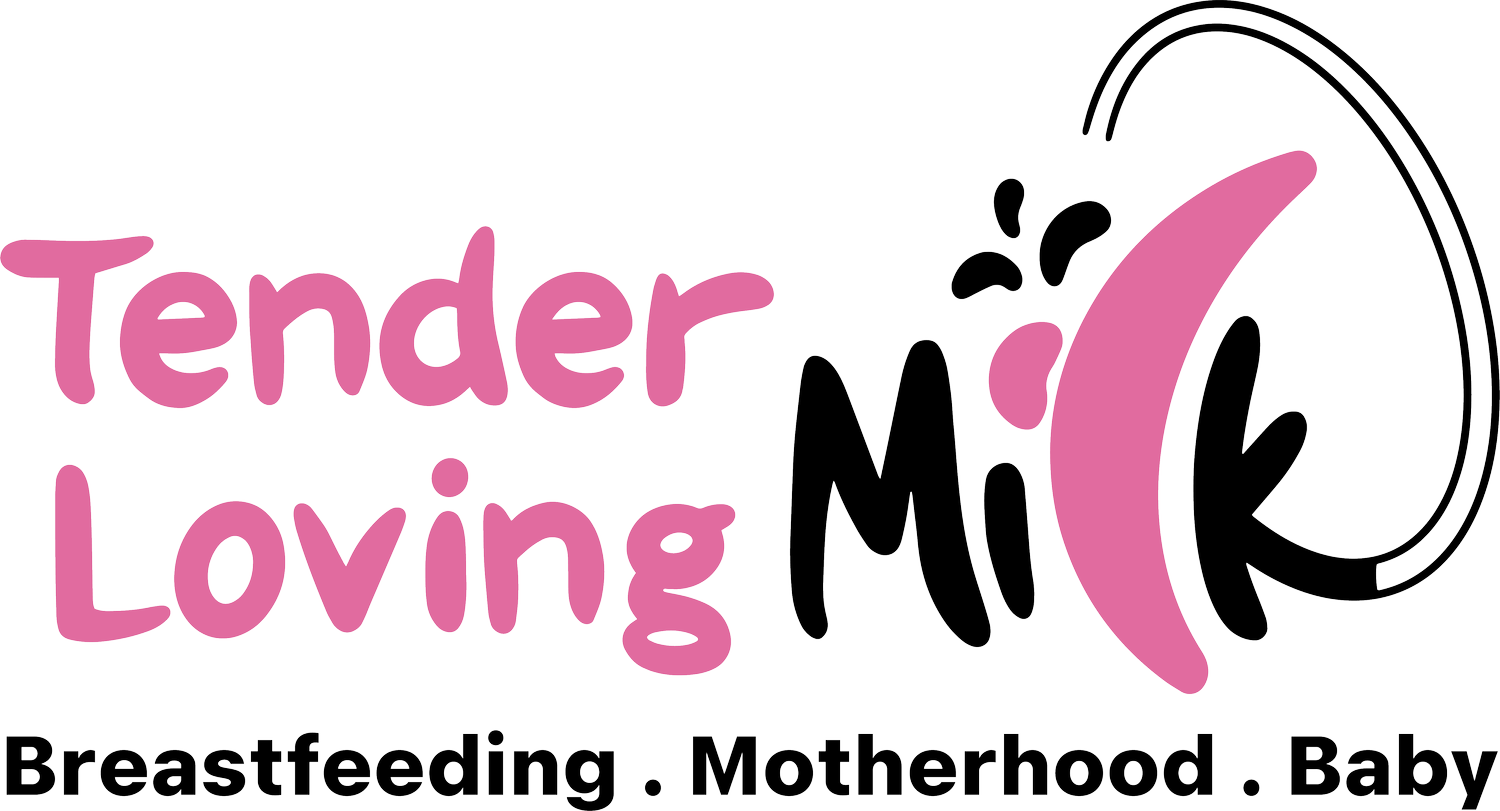Thrush: What Is It and What To Do?
Thrush is a fungal yeast infection that is easily transferable between a breastfeeding mum and her baby. It is also known as Candidiasis, which “is a fungal infection caused by a yeast (a type of fungus) called Candida”. This can happen even for non-breastfeeding women and in men as well! To understand the differentiation of thrush and yeast, let’s break it down.
We say it’s thrush “to indicate that within the baby’s mouth”. We say it’s yeast is “to indicate that on the mother’s nipples or within her breast”. Yeast is a fungus that survives on milk that is on the nipples, milk ducts as well as within the baby's mouth.
Thrush typically will originate in the oral area of a baby, which is then passed on to the mum’s nipple. Babies under one month old are especially susceptible to the development of thrush, but it can form in babies of any age. If you suspect that you or your baby have developed thrush, consult with a medical professional. You will require treatment.
How do you contract thrush?
There are different types of thrush, but the kind that impacts breastfeeding relationships typically originates in a baby’s mouth. There is a type of bacteria that lives in every human’s mouth, throat, and digestive system. Sometimes, things like antibiotics or compromised immune systems cause natural bacterias in the oral area to fall off-balance, which results in fungal growth, leading to the development of thrush.
What are some of the symptoms of thrush seen in babies?
White lesions on the inner cheeks and tongue that is not easily wiped off
Suspected sore throat
Difficulty nursing or latching on
In the mother, some of the symptoms can appear as:
Prolonged persistent nipple sores even if your baby has a good latch
Unfamiliar pain in the nipples
Flaking skin on the nipple area
Shiny skin or discolouration on the areola
Itchiness or general discomfort on the nipple and breast area
It is important to note that sometimes your baby may have thrush while exhibiting no symptoms at all.
How is thrush treated?
Thrush is usually treated with a prescribed anti-fungal medication cream. It is essential that someone who suspects thrush, in themself or their baby, seeks help from a medical professional.
With that being said, some things can be done to prevent thrush in some cases. Some of these things are:
Ensure good oral cleanliness for your baby
Wash your hands after changing diapers
Ensure your nipples are dry after feeding sessions.
Wear clean nursing bras and shirts. Change them regularly or when they get damp.
Rest assured, if your baby has thrush (yeast), it is not necessarily because you have done something wrong! Thrush (yeast) is a common condition that can be quickly and effectively treated.
For more information on thrush and all things motherhood and breastfeeding, subscribe to my website! You will be the first to get access to free content and resources just like this.
